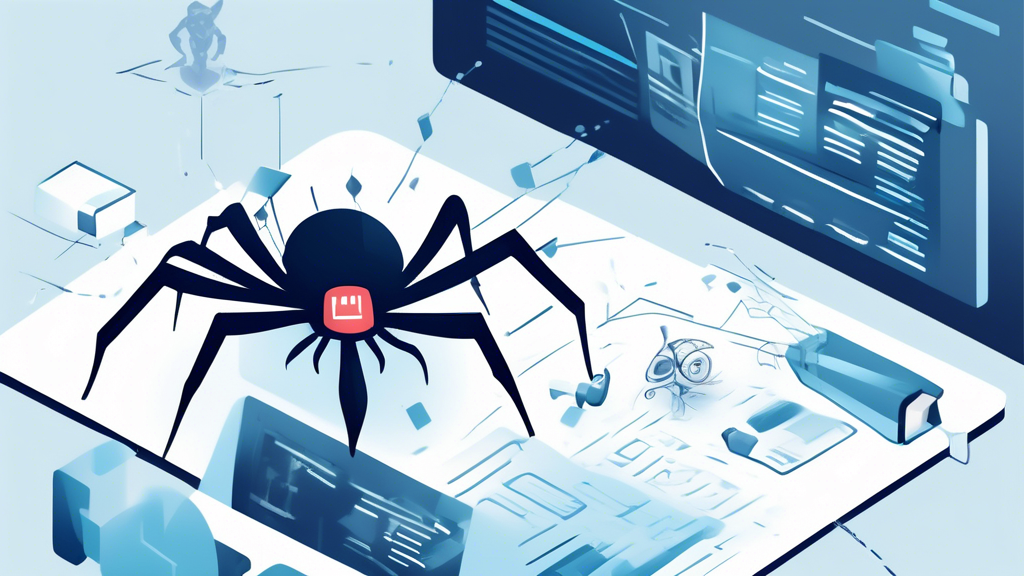Key Take Aways:
1. Web scraping is a powerful tool for extracting data from websites.
2. It can be used for a variety of purposes such as market research, price monitoring, and content aggregation.
3. Understanding the basics of web scraping is essential for anyone looking to leverage data from the internet.
Fact #1: Not All Websites Allow Web Scraping
Some websites have measures in place to prevent web scraping in order to protect their data and resources.
Fact #2: Ethical Concerns
Web scraping raises ethical concerns, especially when it involves scraping personal data or copyrighted content.
Fact #3: Automation is Key
Web scraping is most effective when automated using tools and scripts to save time and effort.
Fact #4: HTML Structure Matters
Understanding HTML structure is crucial for extracting data accurately during web scraping.
Fact #5: Legal Implications
There are legal implications surrounding web scraping, especially when it comes to data privacy and terms of service.
Fact #6: Data Cleaning is Essential
Raw data obtained from web scraping often requires cleaning and processing to be useful for analysis.
Fact #7: Rate Limiting and Politeness
It’s important to implement rate limiting and be polite when web scraping to avoid overloading servers.
Fact #8: Captchas are a Challenge
Websites may use captchas to prevent web scraping, presenting a challenge for automated scraping tools.
Fact #9: API vs. Web Scraping
Some websites provide APIs for accessing data, which can be a more efficient and legal alternative to web scraping.
Fact #10: Dynamic Websites Require Advanced Techniques
Scraping data from dynamic websites that load content dynamically requires more advanced techniques such as using headless browsers.
Fact #11: Monitoring Changes
Web scraping can be used to monitor changes on websites, such as price fluctuations or content updates.
Fact #12: Scraping Images and Files
Web scraping can also be used to extract images, PDFs, and other files from websites.
Fact #13: Compliance with Robots.txt
It’s important to respect the rules set in a website’s robots.txt file to avoid legal issues while web scraping.
Fact #14: Proxy Rotation
Using a rotating proxy can help avoid IP bans and ensure continuous web scraping without interruptions.
Fact #15: Data Privacy Concerns
When scraping data, it’s crucial to consider data privacy laws and ensure compliance with regulations.
Fact #16: Scraping Social Media
Scraping data from social media platforms can provide valuable insights for marketing and research purposes.
Fact #17: Scraping for SEO
Web scraping can be used to gather data for SEO purposes, such as analyzing competitor keywords and backlinks.
Fact #18: Scraping E-commerce Sites
E-commerce businesses can leverage web scraping to monitor competitors’ prices, analyze customer reviews, and track product availability.
Fact #19: Machine Learning and Web Scraping
Web scraping is often used in combination with machine learning algorithms to analyze and extract insights from large datasets.
Fact #20: Continuous Learning is Key
With constant changes in websites and technologies, continuous learning and adaptation are essential for successful web scraping.
FAQs (Frequently Asked Questions)
Are there any legal risks associated with web scraping?
Yes, web scraping can pose legal risks if done without permission or in violation of a website’s terms of service. It’s important to ensure compliance with relevant laws and regulations.
What tools can I use for web scraping?
There are various tools available for web scraping, such as Beautiful Soup, Scrapy, and Puppeteer, each with its own strengths and use cases.
How can I prevent getting blocked while web scraping?
Implementing techniques like using rotating proxies, respecting rate limits, and handling captchas can help reduce the risk of getting blocked while web scraping.




